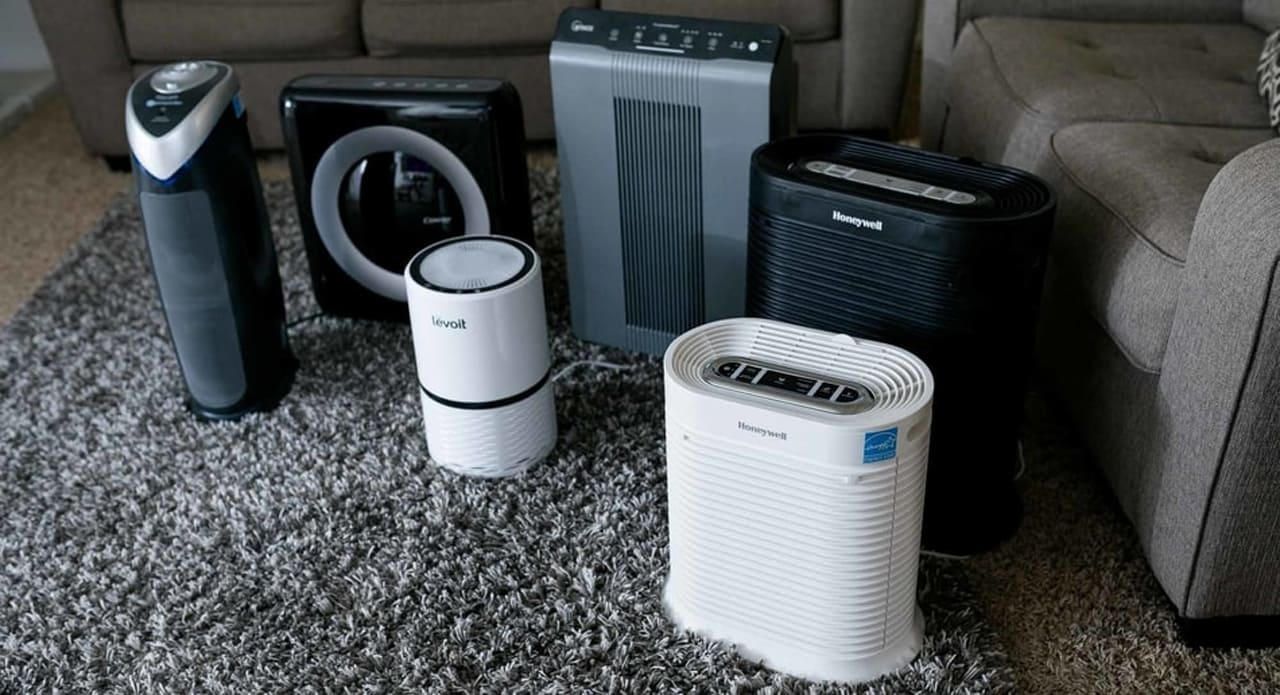

Articles
Which Is The Best Air Purifier
Modified: October 29, 2024
Discover the top articles on the best air purifiers. Find out which air purifier is perfect for your needs and improve the air quality in your home.
(Many of the links in this article redirect to a specific reviewed product. Your purchase of these products through affiliate links helps to generate commission for Storables.com, at no extra cost. Learn more)
Introduction
Welcome to our comprehensive guide on choosing the best air purifier for your needs. With the increasing concern over air pollution and its impact on our health, investing in an air purifier has become a popular choice for many households. However, with numerous options available on the market, finding the right one can be a daunting task. That’s where we come in to help!
In this article, we will walk you through the essential factors to consider when selecting an air purifier. From the different types of air purifiers to noise levels, coverage area, energy efficiency, and filtration systems, we will cover it all. Additionally, we will highlight some top-rated air purifiers on the market to give you a head start in your search.
So, let’s get started and find the perfect air purifier to ensure clean, fresh, and healthy air for you and your loved ones!
Key Takeaways:
- Choose the best air purifier by considering factors like filtration system, coverage area, noise levels, and energy efficiency. Top-rated models like Honeywell HPA300 and Levoit LV-H133 offer effective purification for healthier indoor air.
- Enhance your air purification experience with features like filter replacement indicators, programmable timers, and air quality sensors. Consider aesthetics and warranty when selecting an air purifier to suit your specific needs and preferences.
Read also: 9 Best Air Purifier For 2025
Factors to Consider When Choosing an Air Purifier
When it comes to selecting an air purifier, there are several important factors to keep in mind. Taking these factors into consideration will help you make an informed decision and choose an air purifier that best fits your specific needs. Let’s dive into each of these factors:
- Indoor Air Quality Needs: Assess the specific air quality concerns you have. Are you looking to remove allergens like dust and pollen? Or are you concerned about indoor pollutants such as pet dander, smoke, or volatile organic compounds (VOCs)? Identifying your specific needs will help you choose an air purifier with the right filtration system.
- Room Size: Consider the size of the room where you will be using the air purifier. Different air purifiers have varying coverage areas. Make sure to check the manufacturer’s specifications to ensure that the purifier is suitable for the size of your room.
- Filtration Technology: Pay attention to the filtration technology used in the air purifier. The most common types are High-Efficiency Particulate Air (HEPA) filters, activated carbon filters, and electrostatic precipitators. HEPA filters are highly effective at capturing small particles, while activated carbon filters are great for trapping odors and chemicals.
- Noise Levels: Consider the noise levels of the air purifier, especially if you plan to place it in a bedroom or a quiet space. Check the decibel (dB) rating provided by the manufacturer. Look for purifiers with a low noise level, typically below 50 dB, for a peaceful environment.
- Energy Efficiency: Look for energy-efficient air purifiers to minimize electricity consumption and reduce your carbon footprint. Look for models with an ENERGY STAR certification, indicating that they meet strict energy efficiency guidelines.
- Additional Features: Consider any additional features that may enhance your experience. These can include programmable timers, air quality sensors, remote controls, and multiple fan speeds. These features can add convenience and customization to your purifier’s operation.
By considering these factors and understanding your specific needs, you can narrow down your options and choose an air purifier that will effectively improve your indoor air quality. In the next sections, we will explore the different types of air purifiers and delve deeper into each factor to help you make an informed decision.
Types of Air Purifiers
When it comes to air purifiers, there are various types available, each employing different technologies to clean and purify the air. Understanding the different types can help you choose the most suitable option for your specific needs. Here are some common types of air purifiers:
- High-Efficiency Particulate Air (HEPA) Purifiers: HEPA purifiers are one of the most popular types on the market. They use a dense filter that can capture particles as small as 0.3 microns with an efficiency rate of 99.97%. HEPA filters are highly effective at removing common allergens, such as dust, pollen, pet dander, and mold spores. They are especially beneficial for individuals with allergies or asthma.
- Activated Carbon Purifiers: Activated carbon purifiers are specifically designed to remove odors, chemicals, and volatile organic compounds (VOCs) from the air. The activated carbon effectively absorbs these pollutants, neutralizing unpleasant smells and improving overall air quality. These purifiers are often used in kitchens, bathrooms, and areas with strong odors.
- UV-C Light Purifiers: UV-C light purifiers use ultraviolet light to kill germs, viruses, and bacteria in the air. The UV-C light disrupts the DNA structure of these microorganisms, rendering them harmless. These purifiers are particularly useful for areas with a higher risk of infection or for individuals with compromised immune systems.
- Ionic Air Purifiers: Ionic air purifiers use ionization technology to remove particles from the air. They release negatively charged ions that attach to airborne particles, causing them to become heavy and fall to the ground. However, it’s important to note that these purifiers can produce ozone as a byproduct, which can be a respiratory irritant for some individuals.
- Ozone Generators: Ozone generators are designed to intentionally produce ozone to neutralize odors and kill airborne bacteria. They are often used in commercial settings or for specific odor removal purposes. However, it’s crucial to exercise caution when using ozone generators, as high levels of ozone can be harmful to health.
- Electrostatic Precipitators: Electrostatic precipitators use an electrostatic charge to capture particles in the air. As the air passes through the purifier, the particles are charged and attracted to oppositely charged plates or filters. These purifiers are effective at removing larger particles but may not be as efficient at capturing smaller particles.
Each type of air purifier has its own advantages and limitations. Consider your specific needs, budget, and any potential health concerns when choosing the best type of air purifier for your home or office space. In the next sections, we will continue exploring important factors to consider when selecting an air purifier.
Noise Levels of Air Purifiers
When choosing an air purifier, considering the noise levels is crucial, especially if you plan to use it in quiet environments like bedrooms, offices, or libraries. Here are some important points to keep in mind regarding noise levels:
Decibel Rating: The noise level of an air purifier is typically measured in decibels (dB). Lower decibel ratings indicate quieter operation, while higher ratings indicate louder operation. Look for air purifiers with a low noise level, typically below 50 dB, for minimal disturbance.
Quiet Operation Technology: Some air purifiers are equipped with advanced technology to minimize noise levels. These include specially designed fans, sound insulation, and noise-dampening materials. Look for models that advertise “quiet operation” or “whisper-quiet” for a more peaceful experience.
Variable Fan Speeds: Air purifiers with multiple fan speed settings allow you to adjust the speed according to your preference. Lower fan speeds often result in quieter operation. You can set the purifier to a higher speed when you’re away or during times when noise is not a concern.
Placement: The placement of the air purifier can also affect the perceived noise level. Placing it on a carpeted surface or using vibration-absorbing pads can reduce vibrations and noise. Additionally, consider placing the purifier away from walls and furniture to prevent the noise from echoing or reflecting.
User Reviews: Reading user reviews can provide valuable insights into the noise levels of specific air purifier models. Look for feedback on noise levels from people who have purchased and used the product. This can give you a realistic expectation of what to expect in terms of noise.
By taking noise levels into consideration, you can choose an air purifier that not only effectively cleans the air but also operates quietly, allowing you to enjoy a peaceful and undisturbed environment. In the next section, we will discuss the coverage area of air purifiers and why it’s important to consider.
Coverage Area of Air Purifiers
When choosing an air purifier, considering the coverage area is essential to ensure optimal performance. The coverage area refers to the size of the space in which the air purifier can effectively clean and purify the air. Here are some key aspects to keep in mind regarding coverage area:
Manufacturer’s Specifications: Air purifiers come with a recommended coverage area provided by the manufacturer. This specification indicates the maximum space in square footage that the purifier can effectively handle. It’s important to follow these guidelines to ensure that the air purifier is capable of providing clean air in your specific room size.
Air Changes per Hour (ACH): The recommended coverage area is often based on achieving a certain number of air changes per hour (ACH). ACH refers to the number of times the air in a room is completely filtered and replaced within an hour. Higher ACH rates are generally beneficial, especially for individuals with allergies or respiratory conditions. ACH rates of 4-6 are typically recommended for optimal air purification.
Consider Room Layout: The layout of the room can affect the air circulation and, consequently, the effectiveness of the air purifier. For open floor plans or rooms with interconnected spaces, consider the total combined square footage. It’s advisable to choose an air purifier with a coverage area that accommodates the total space, rather than just a single room.
Higher Ceiling Heights: If you have rooms with higher ceiling heights, it’s important to consider this factor when determining the coverage area. Higher ceilings create a larger volume of air to clean, so the air purifier may need to be more powerful or have a larger coverage area to effectively purify the air in such spaces.
Multiple Units: In some cases, it may be more effective to use multiple air purifiers instead of relying on a single unit for a large area. This can ensure thorough coverage and better distribution of purified air throughout the space. Assess your needs and consider whether using multiple smaller purifiers is a more suitable option for your specific situation.
By considering the coverage area of an air purifier, you can ensure that it is capable of effectively filtering the air in your specific room size and providing you with clean and fresh indoor air. In the next section, we will discuss the energy efficiency of air purifiers and why it is an important factor to consider when making a choice.
When choosing the best air purifier, consider the size of the room, the type of filtration system (HEPA, activated carbon, etc.), and the noise level. Look for Energy Star certification for energy efficiency.
Read more: What Is An Air Purifier
Energy Efficiency of Air Purifiers
Considering the energy efficiency of an air purifier is important not only for environmental reasons but also for your wallet. Energy-efficient models can help reduce electricity consumption and lower your energy costs. Here are some key points to keep in mind regarding the energy efficiency of air purifiers:
ENERGY STAR Certification: Look for air purifiers that have earned the ENERGY STAR certification. ENERGY STAR is a program backed by the U.S. Environmental Protection Agency (EPA) and the U.S. Department of Energy (DOE), recognizing products that meet strict energy efficiency guidelines. The certification ensures that the air purifier operates efficiently, using less energy while delivering effective air cleaning performance.
Energy Consumption Ratings: Check the energy consumption ratings provided by the manufacturer. These ratings typically indicate the amount of electricity the air purifier consumes in watts or kilowatts per hour. Opt for models with lower energy consumption to minimize the environmental impact and reduce your energy costs.
Fan Speed Options: Air purifiers that offer multiple fan speed options allow you to adjust the speed according to your needs. Lower fan speeds consume less energy, so you can choose a lower setting when air purification needs are lower or when noise levels are a concern. This provides flexibility in energy usage based on your specific requirements.
Sleep Mode or Auto-Off Feature: Some air purifiers have a sleep mode or auto-off feature that automatically adjusts the fan speed or turns off the unit when the air quality reaches a desired level. This helps conserve energy by reducing unnecessary operation. Consider such features when selecting an air purifier.
Timer Function: An air purifier with a timer function allows you to preset the operating duration. You can schedule the purifier to turn on and off at specific times, ensuring that it is only running when needed. This feature helps save energy by preventing continuous operation when it is not necessary.
By choosing an energy-efficient air purifier, you can not only reduce your environmental impact but also save money on your utility bills. Energy-efficient models can provide effective air purification while minimizing electricity consumption. In the next section, we will discuss the filtration systems used in air purifiers and their importance in improving indoor air quality.
Filtration System of Air Purifiers
The filtration system is a critical component of air purifiers as it determines how effectively the unit can remove pollutants and improve indoor air quality. Understanding the different types of filters used in air purifiers can help you choose the most suitable option for your needs. Here are some common types of filtration systems:
High-Efficiency Particulate Air (HEPA) Filters: HEPA filters are widely recognized as one of the most effective types of filters. They are capable of capturing particles as small as 0.3 microns with an efficiency rate of 99.97%. HEPA filters excel at removing allergens such as dust, pollen, pet dander, and mold spores from the air. They are especially beneficial for individuals with allergies or asthma.
Activated Carbon Filters: Activated carbon filters are designed to eliminate odors, chemicals, and volatile organic compounds (VOCs) from the air. These filters contain a highly porous carbon surface that effectively absorbs and traps these pollutants, neutralizing unpleasant smells and improving overall air quality. Activated carbon filters are particularly useful in kitchens, bathrooms, and other areas prone to strong odors.
Pre-Filters: Many air purifiers come with pre-filters designed to capture larger particles, such as dust, hair, and pet fur. These pre-filters help prolong the life of the main filter by trapping larger particles before they reach the primary filtration system. Pre-filters are typically washable or replaceable, providing an additional layer of protection for the air purifier.
UV-C Light Technology: Some air purifiers incorporate UV-C light technology to kill germs, viruses, and bacteria in the air. The UV-C light damages the DNA structure of these microorganisms, rendering them harmless. This technology can be an effective complement to other filtration systems in air purifiers, providing an added layer of disinfection.
Electrostatic Filters: Electrostatic filters use an electrostatic charge to attract and capture particles in the air. The charged particles are then collected on oppositely charged plates or filters. These filters are effective at removing larger particles but may not be as efficient at capturing smaller particles. Electrostatic filters are often washable and reusable, reducing the need for frequent filter replacements.
Photocatalytic Oxidation (PCO) Filters: PCO filters combine UV-C light and a catalyst, typically titanium dioxide, to break down pollutants on a molecular level. The UV-C light activates the catalyst, resulting in a reaction that transforms harmful substances into less harmful compounds. PCO filters are often used in combination with other filtration systems for comprehensive air purification.
When selecting an air purifier, consider the specific pollutants you want to target and choose a unit with the appropriate filtration system. Combining multiple filtration systems can provide more comprehensive air purification. In the next section, we will discuss additional features and considerations to keep in mind when choosing an air purifier.
Additional Features and Considerations
When choosing an air purifier, it’s important to consider additional features and factors that can enhance your experience and meet your specific needs. Here are some key features and considerations to keep in mind:
Filter Replacement Indicator: Some air purifiers come with a filter replacement indicator that alerts you when it’s time to change the filters. This feature ensures that the purifier continues to operate at peak efficiency by reminding you when maintenance is required.
Programmable Timers: Air purifiers with programmable timer functions allow you to set specific operating hours. This feature can help you save energy by running the purifier only when it’s needed. For example, you can schedule the purifier to operate during the night or when you’re away from home.
Air Quality Sensors: Some advanced air purifiers are equipped with built-in air quality sensors. These sensors detect pollutants in the air and adjust the purifier’s settings accordingly. When the air quality is poor, the purifier will automatically increase its operation to efficiently clean the air. This feature provides real-time monitoring and ensures consistently clean air.
Remote Controls: Air purifiers with remote controls offer convenience by allowing you to adjust the settings from a distance. You can change fan speeds, timers, or even switch the unit on or off without having to physically reach the purifier. Remote controls are particularly useful if you have the purifier placed in a hard-to-reach location.
Design and Aesthetics: Consider the design and aesthetics of the air purifier, especially if you plan to place it in a prominent area of your home or office. Look for a unit that fits your personal style and blends well with the surrounding decor. Some air purifiers offer a range of color options and sleek designs to suit different preferences.
Warranty and Customer Support: Check the warranty offered by the manufacturer and the availability of customer support. A reliable warranty provides reassurance and protection in case of any defects or malfunctions. Additionally, responsive and helpful customer support can make a difference in the overall satisfaction with your purchase.
By considering these additional features and factors, you can choose an air purifier that not only meets your air purification needs but also enhances your overall experience. In the next section, we will highlight some top-rated air purifiers on the market to give you a head start in your search.
Top-Rated Air Purifiers on the Market
With numerous options available, it can be overwhelming to choose the right air purifier. To help you in your search, we have compiled a list of top-rated air purifiers that have been highly recommended by users and experts:
- Honeywell HPA300: This HEPA air purifier is known for its high-performance filtration system that effectively captures up to 99.97% of airborne particles. It has a large coverage area suitable for rooms up to 465 square feet and features an indicator that alerts you when it’s time to replace the filters.
- Levoit LV-H133: With its 360-degree air intake design, this air purifier offers efficient air purification in larger spaces up to 538 square feet. It features a three-stage filtration system including a pre-filter, HEPA filter, and activated carbon filter. The unit operates quietly and offers multiple fan speed options for customizable purification.
- Blueair Blue Pure 211: This air purifier combines a sleek design with powerful performance. It uses a combination of electrostatic and mechanical filtration to remove particles as small as 0.1 micron. The three-step filtration system includes a washable pre-filter, particle filter, and activated carbon filter. It is suitable for medium to large rooms and has a user-friendly one-button control.
- Coway AP-1512HH Mighty: This air purifier features a four-stage filtration system that includes a pre-filter, HEPA filter, activated carbon filter, and ionizer. It offers a coverage area of up to 361 square feet and has a smart sensor that automatically adjusts the fan speed based on air quality. The unit also has an eco mode for energy-efficient operation.
- Winix 5500-2: With a true HEPA filter, activated carbon filter, and PlasmaWave technology, this air purifier effectively removes allergens, odors, and other pollutants. It has a compact design and a coverage area of up to 360 square feet. The unit also features a sleep mode, air quality sensor, and remote control for convenience.
These top-rated air purifiers have received positive reviews for their performance, reliability, and user-friendly features. However, it’s important to consider your specific needs and preferences when making a final decision. Take into account factors such as room size, filtration requirements, noise levels, and additional features to choose the air purifier that best suits your needs.
With the information provided in this article, you are now equipped with the knowledge to make an informed decision in selecting the best air purifier for your home or office. Remember to regularly maintain and replace the filters as recommended by the manufacturer to ensure optimal performance and clean air. Breathe easy and enjoy the benefits of fresh, purified air!
Read also: 8 Best Honeywell Hepa Air Purifier For 2025
Conclusion
Choosing the best air purifier for your needs is essential to improve indoor air quality and promote a healthy living environment. By considering factors such as the filtration system, coverage area, noise levels, energy efficiency, and additional features, you can make an informed decision and select the right air purifier for your home or office.
HEPA filters are highly effective at capturing small particles and allergens, while activated carbon filters are great for eliminating odors and chemicals. UV-C light technology can provide an additional layer of disinfection, and electrostatic filters can capture larger particles. Consider the size and layout of your space when determining the coverage area needed for optimal purification.
Noise levels should be taken into account, particularly if you plan to place the air purifier in a quiet environment. Look for models with low decibel ratings and consider features such as sleep mode or variable fan speeds.
Energy efficiency is important both for environmental reasons and cost savings. Choose an air purifier with an ENERGY STAR certification and opt for lower energy consumption models to reduce your carbon footprint and energy bills.
Additional features and considerations, such as filter replacement indicators, programmable timers, air quality sensors, remote controls, and aesthetic design, can enhance your experience and tailor the air purifier to your specific needs and preferences.
Finally, our list of top-rated air purifiers, including brands such as Honeywell, Levoit, Blueair, Coway, and Winix, can serve as a starting point in your search, but ultimately the best air purifier for you is the one that meets your specific requirements.
By investing in a high-quality air purifier and regularly maintaining it, you can ensure clean, fresh air, free from allergens, pollutants, and odors. Enjoy the benefits of improved indoor air quality and the peace of mind that comes with breathing healthier air for you and your loved ones.
Thank you for reading our comprehensive guide on choosing the best air purifier. Here’s to cleaner air and a healthier life!
Frequently Asked Questions about Which Is The Best Air Purifier
Was this page helpful?
At Storables.com, we guarantee accurate and reliable information. Our content, validated by Expert Board Contributors, is crafted following stringent Editorial Policies. We're committed to providing you with well-researched, expert-backed insights for all your informational needs.
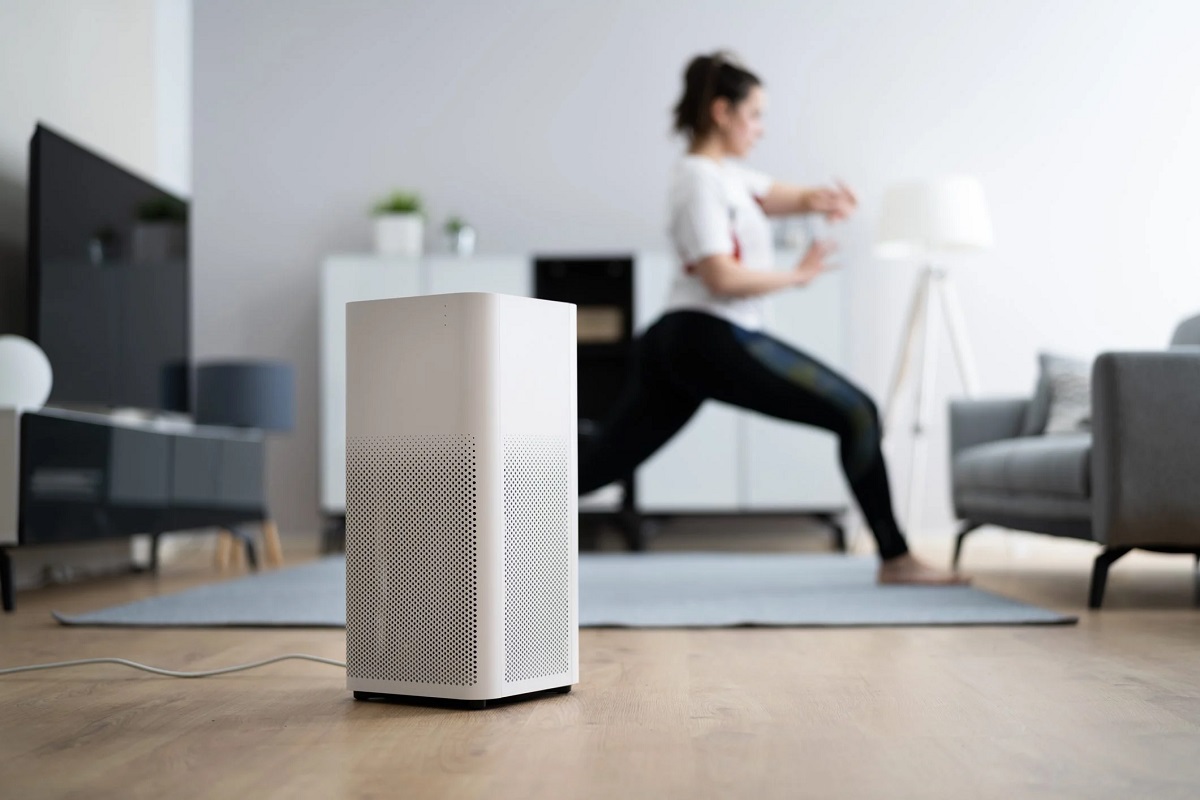
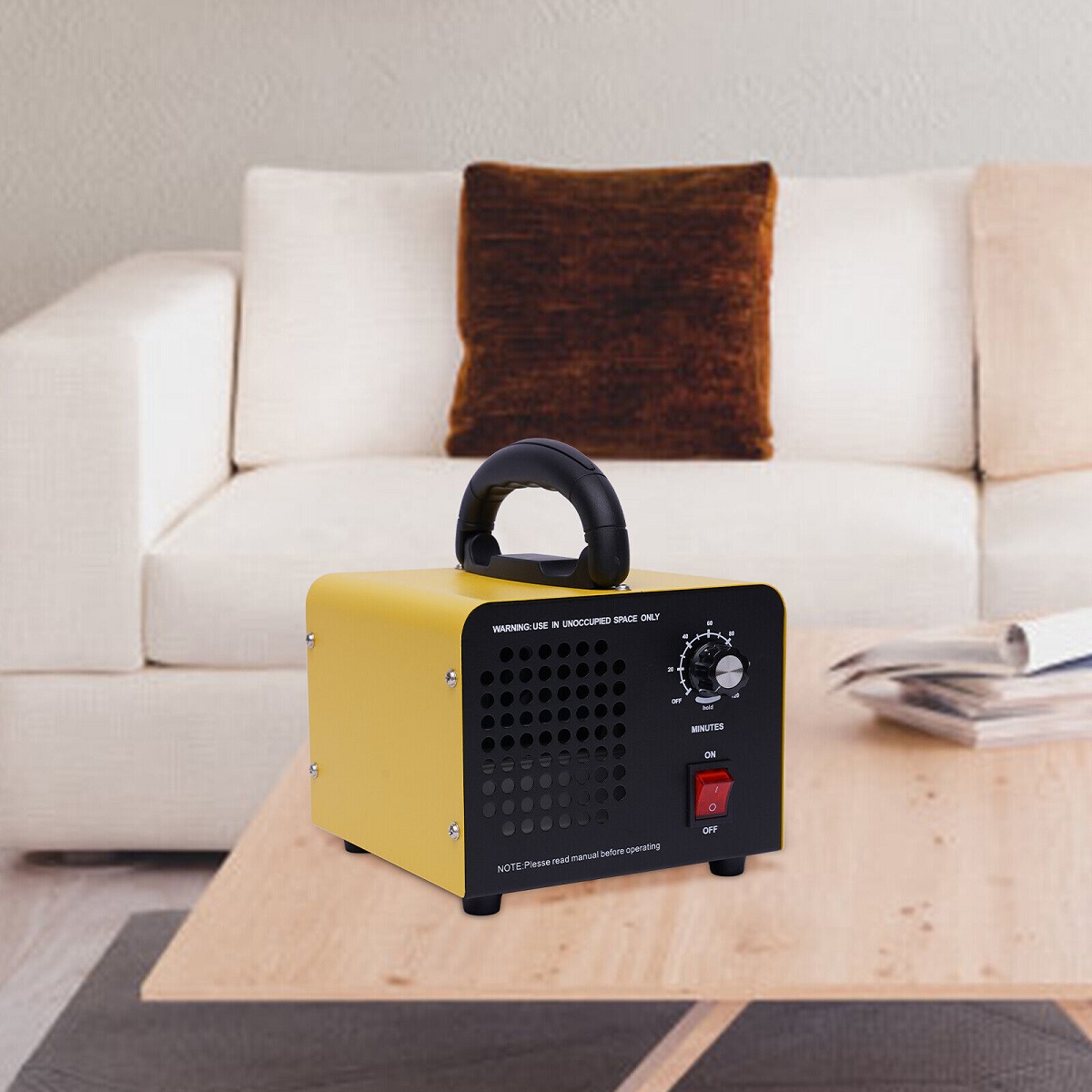
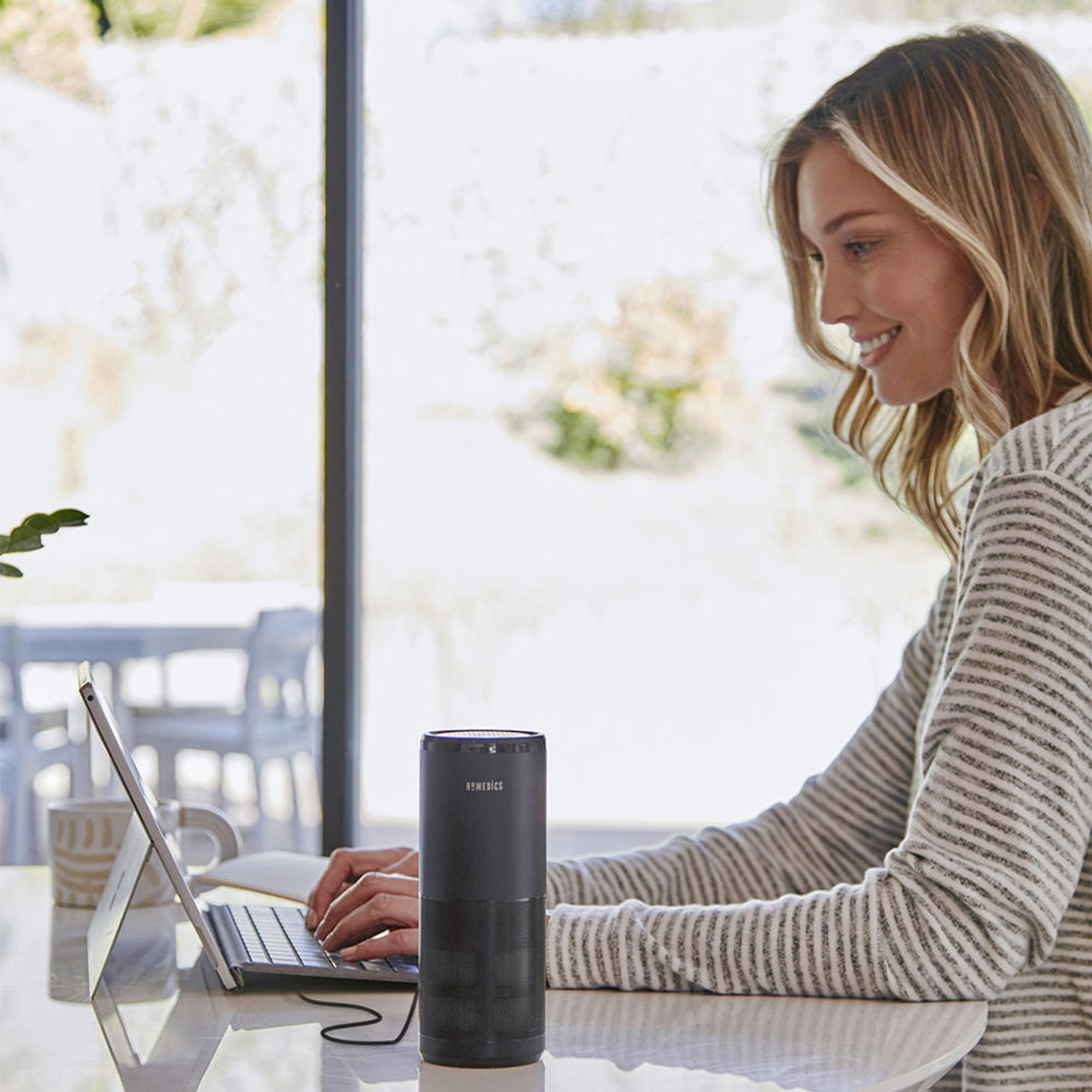
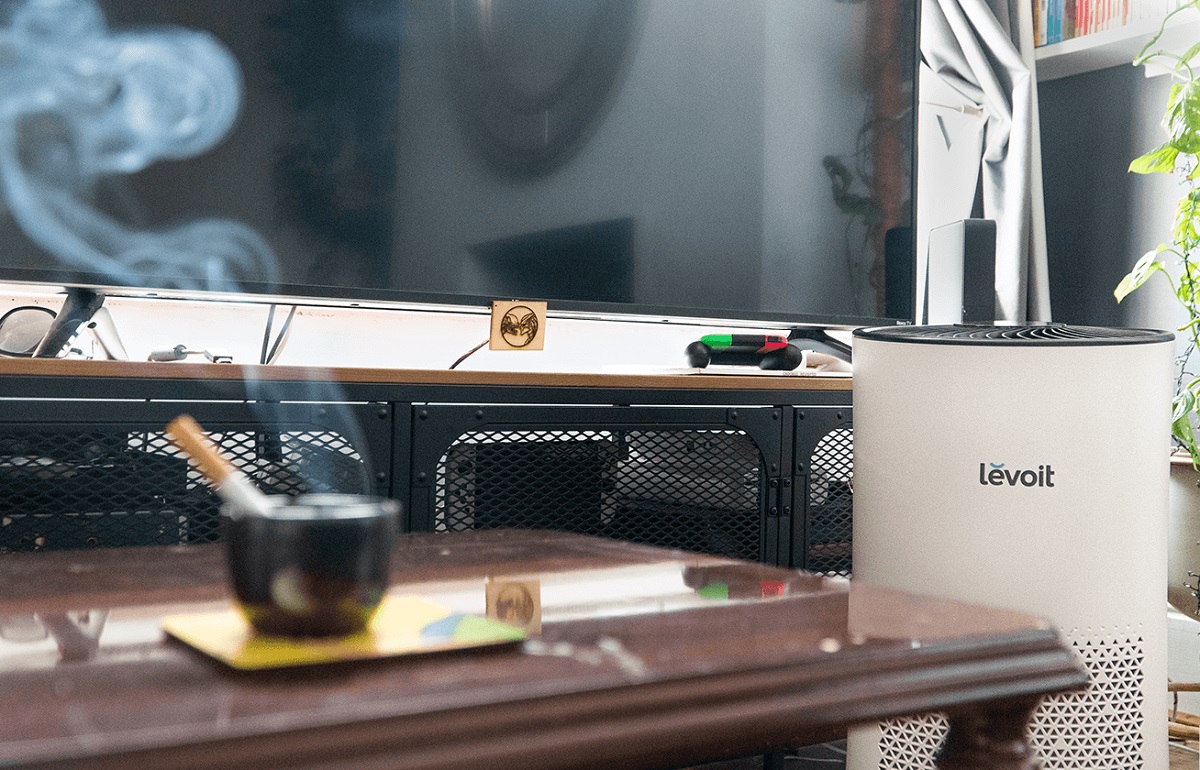
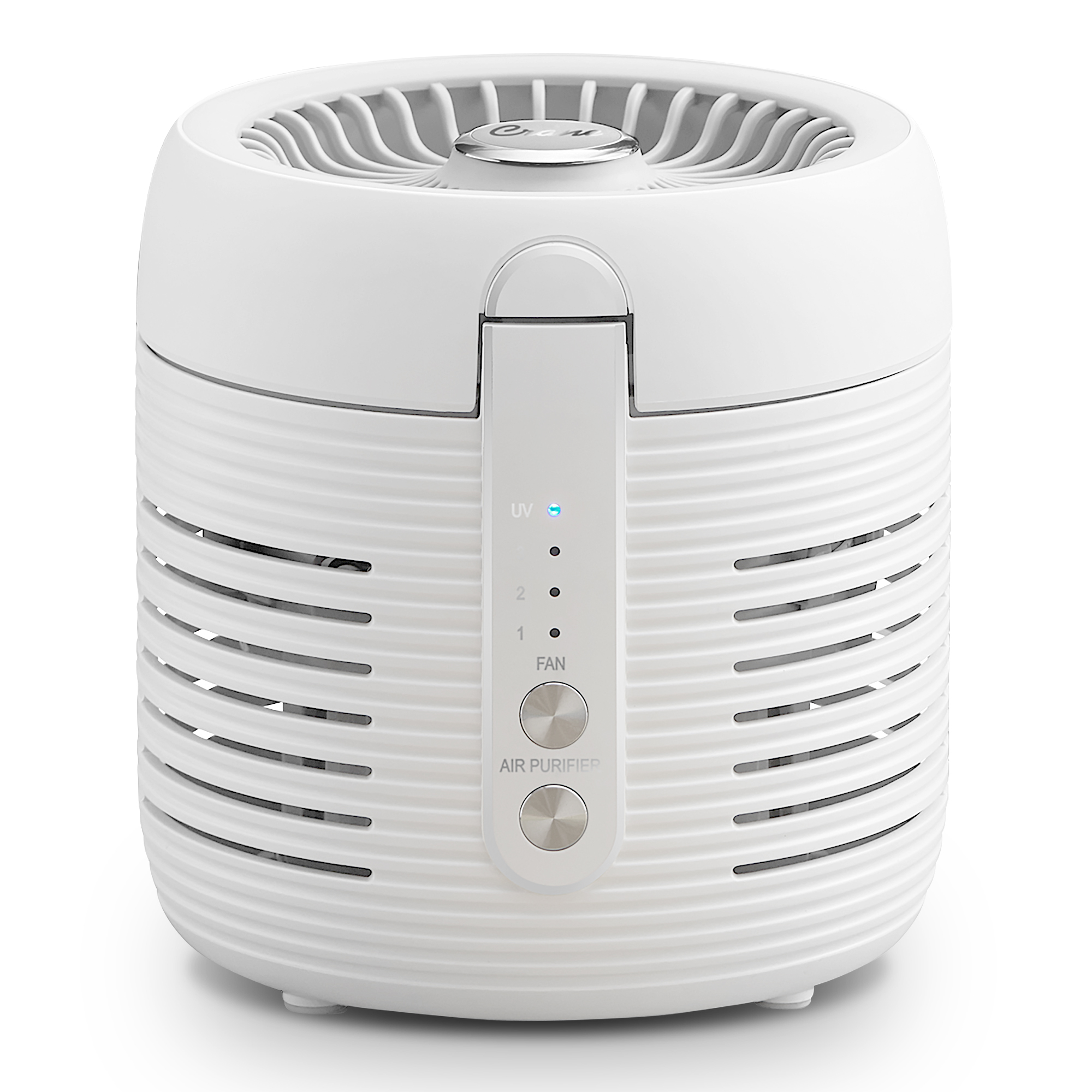
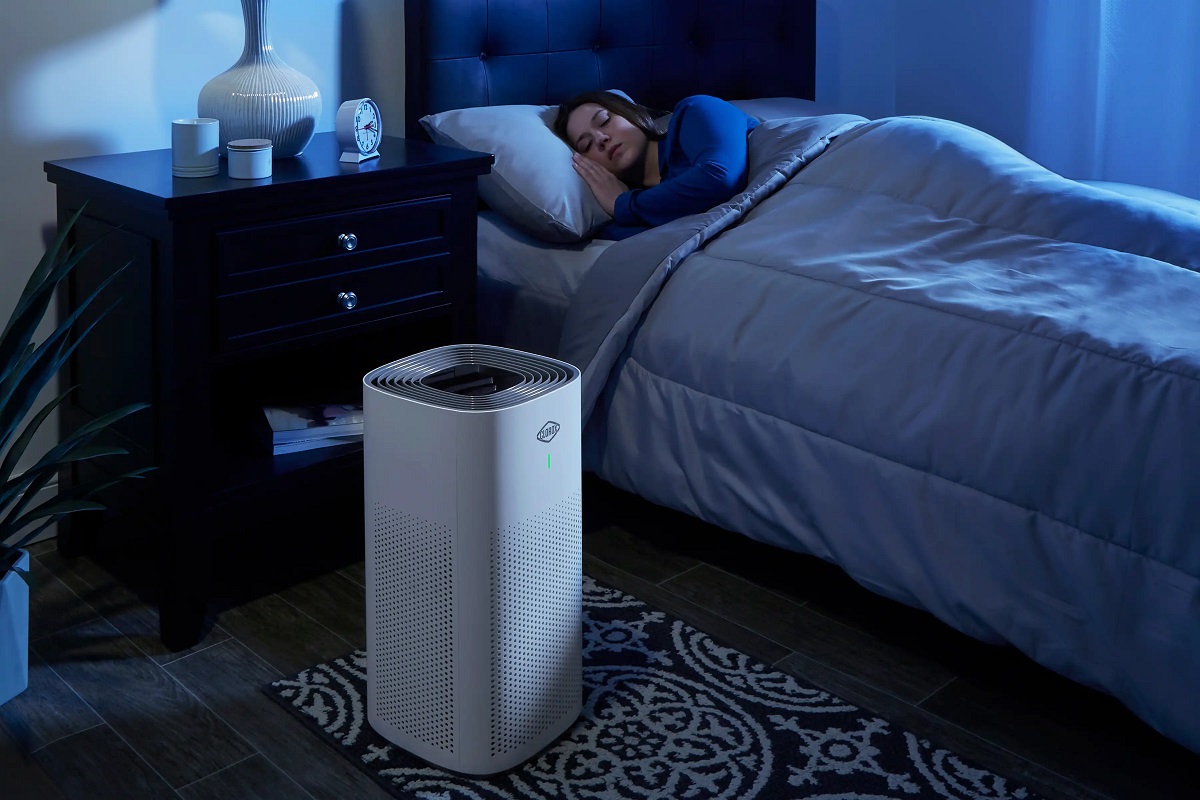

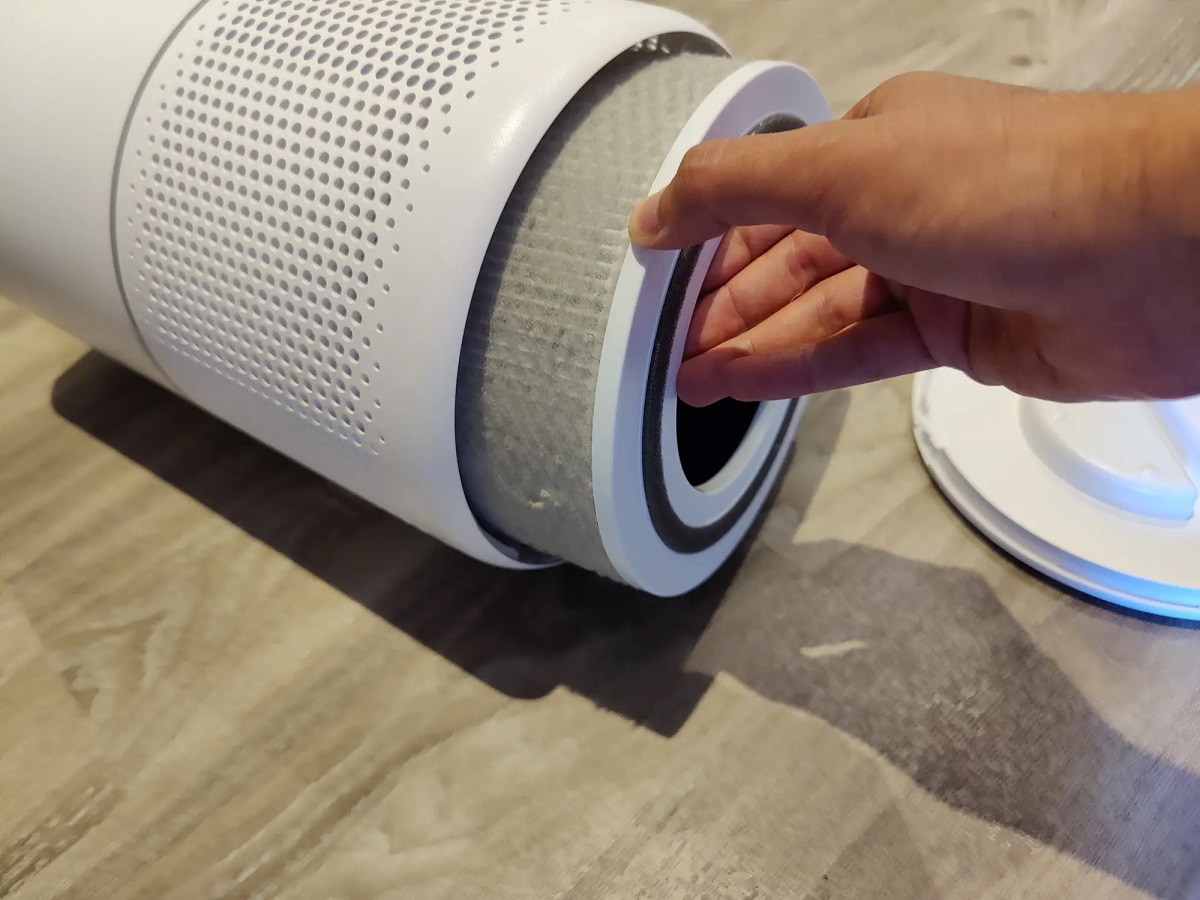
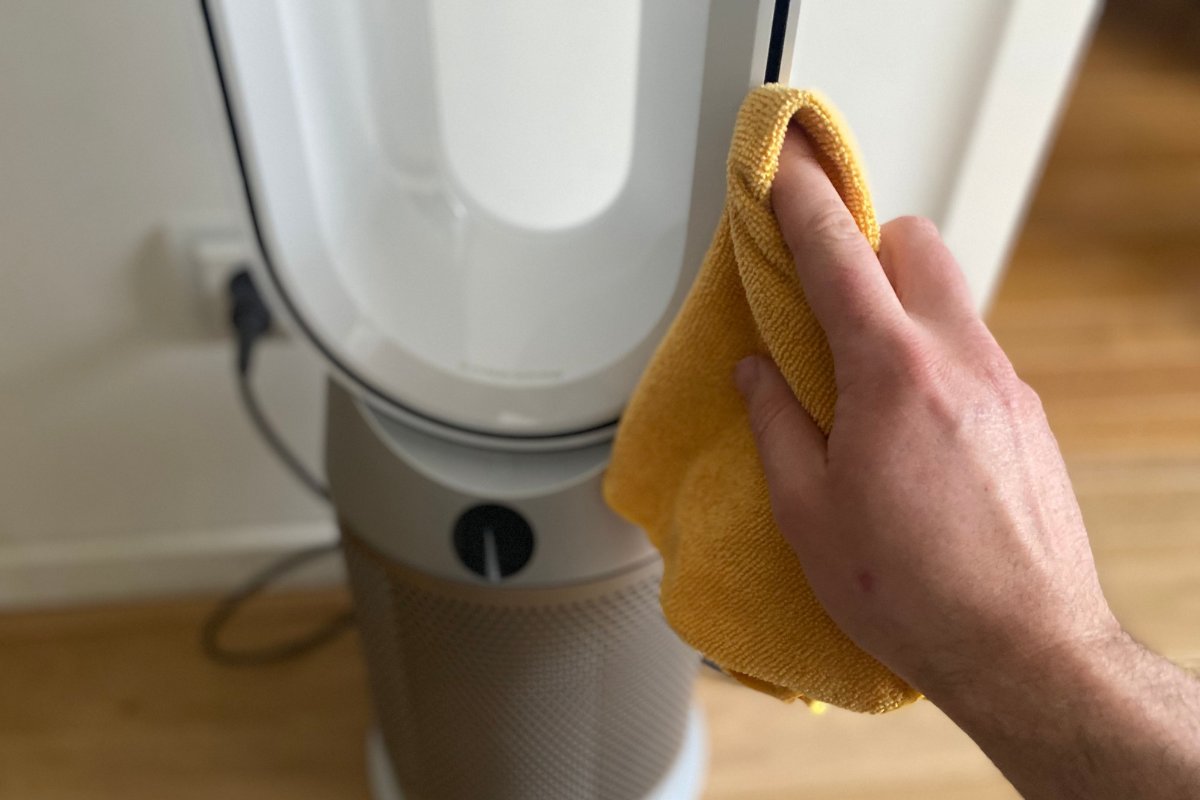
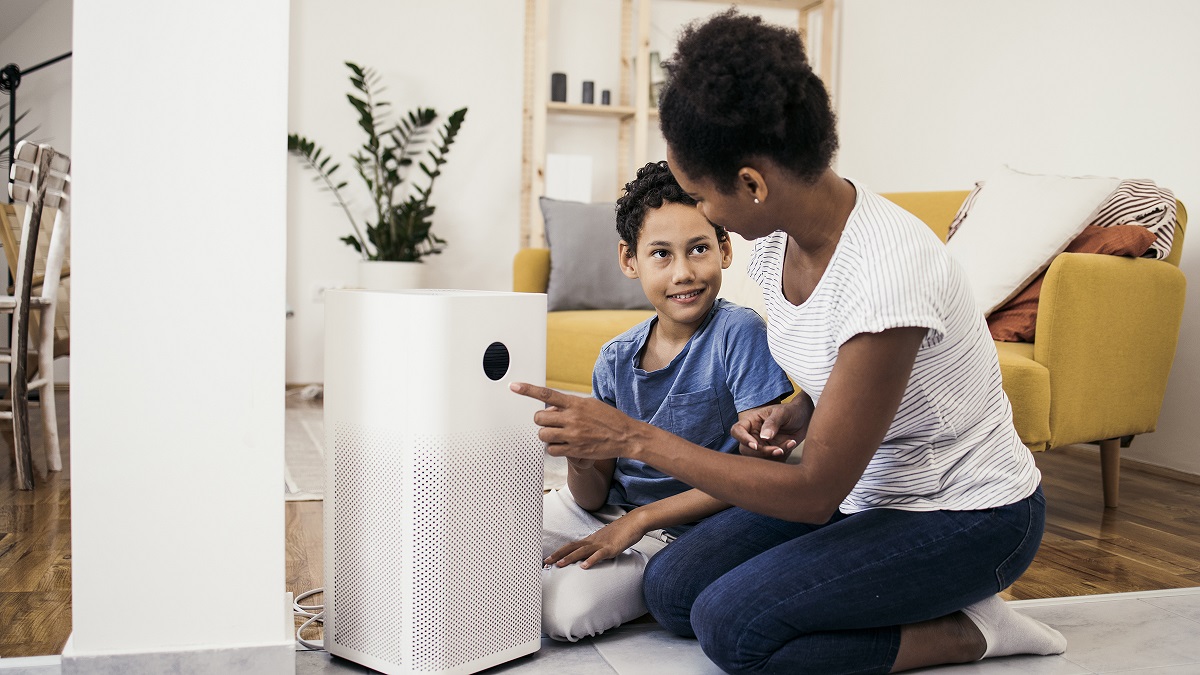
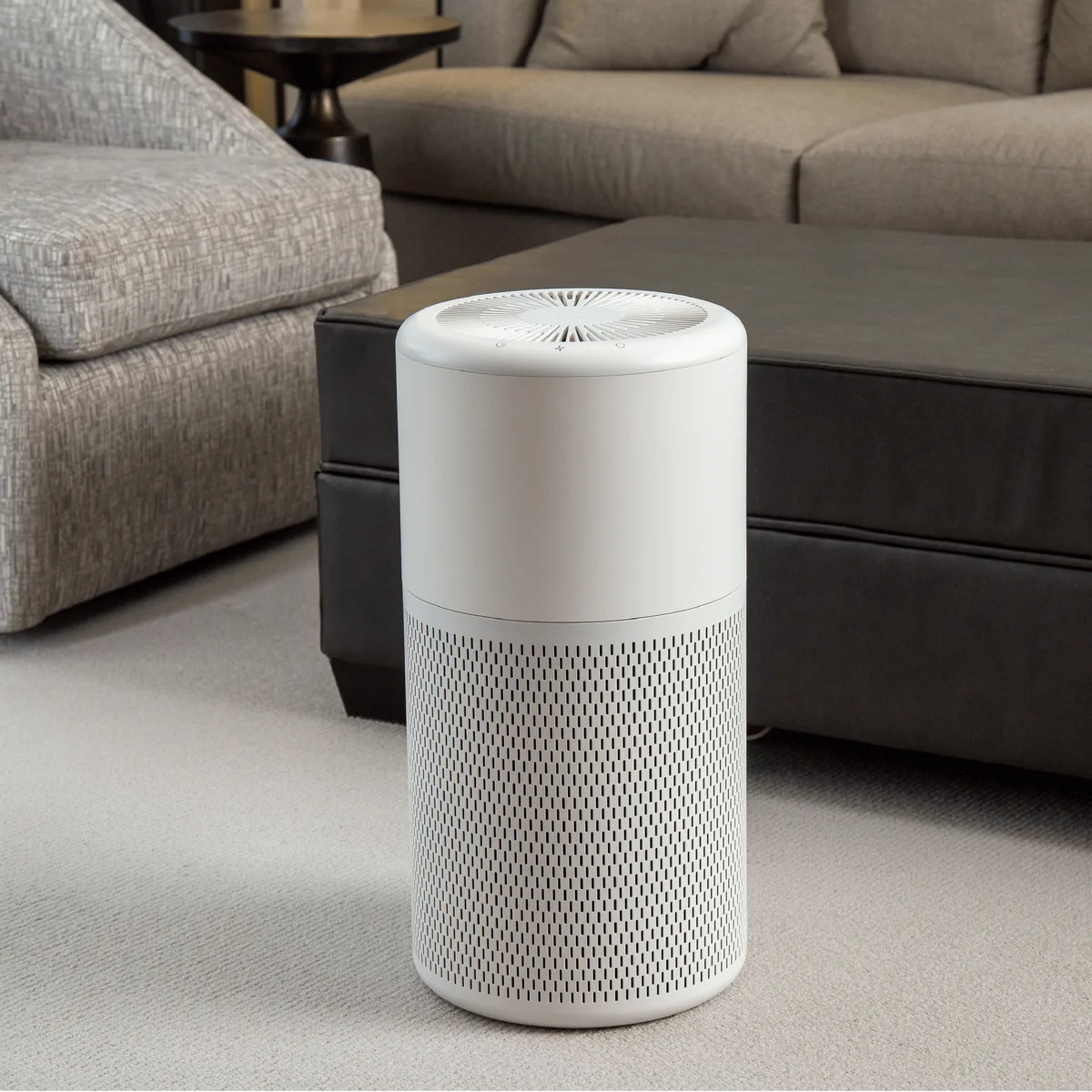
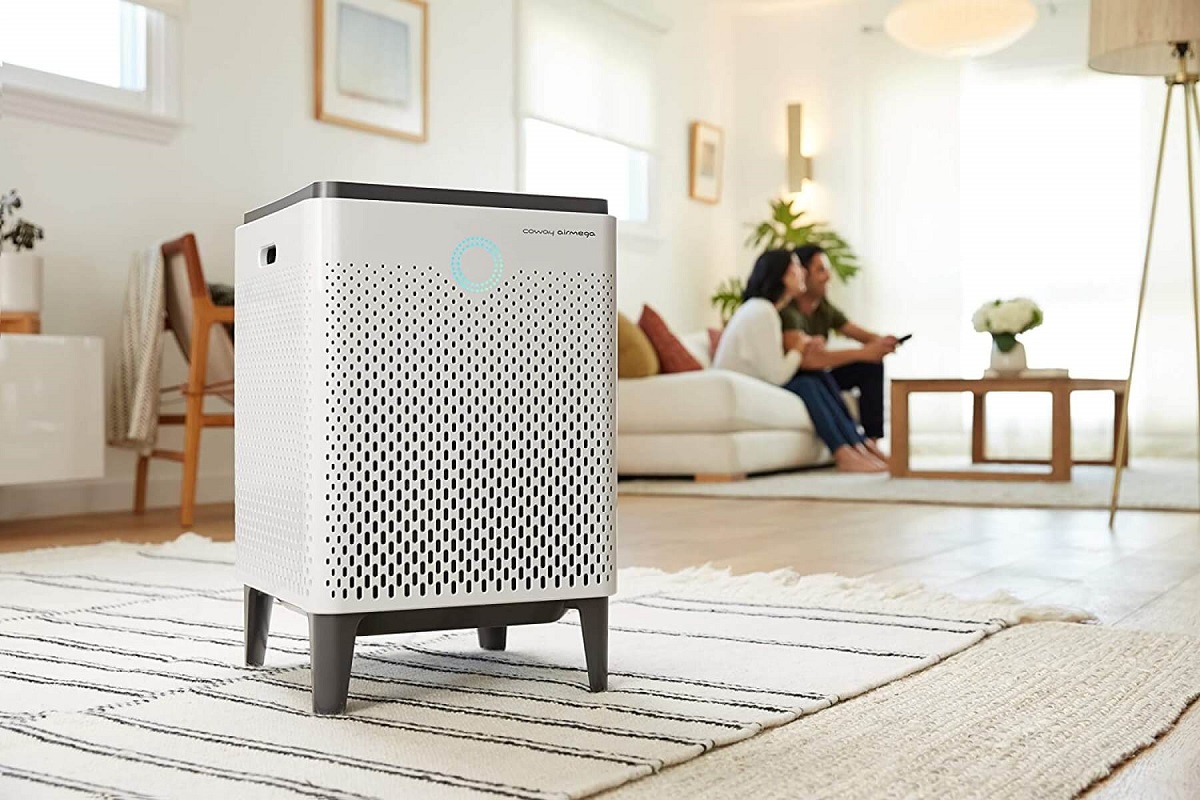
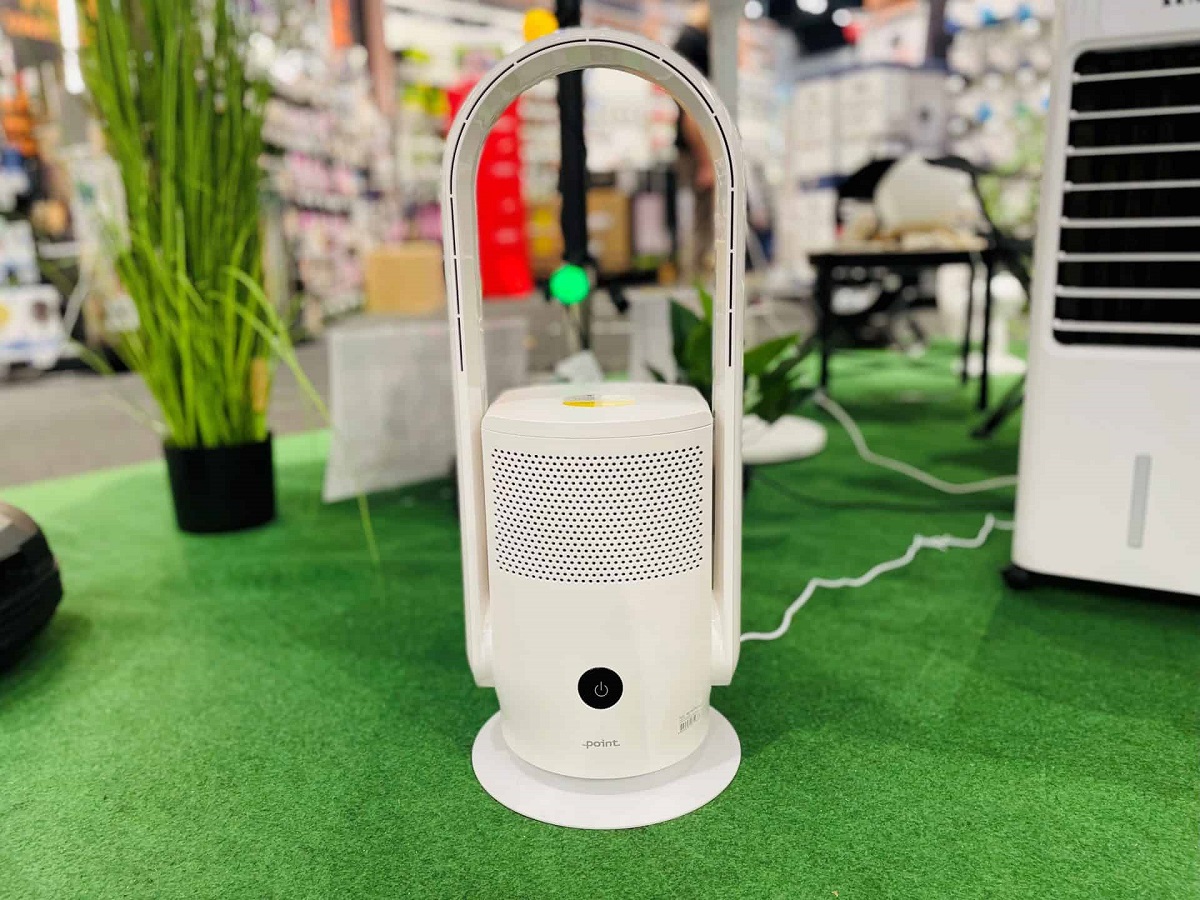

0 thoughts on “Which Is The Best Air Purifier”